Preliminary programme and Call for proposals just announced!
Read more here.
Preliminary programme and Call for proposals just announced!
Read more here.

The Universidad Nacional de La Plata (UNLP), Argentina, created an OBSERVATORY OF UNIVERSITY MUSEUMS.
The Observatory is an interdisciplinary project that encourages the reflection, analysis and innovation in the practices of the museums of the UNLP. It proposes a space for study and collective construction in order to contribute to the formulation of proposals and actions on subjects regarding the patrimony, that have an impact in social, cultural, economic and political contexts.
More information here.
Contact:
Mariana Santamaría | Museo de Física | Salas Museo de la Biblioteca Pública | UNLP
mariana@fisica.unlp.edu.ar / wassap +54 9 221 6037324
Last week, during the XIV Jornadas museologicas Chilenas at the Casa Central de la Universidad de Chile, there was a meeting of the Group UMAC in Chile.
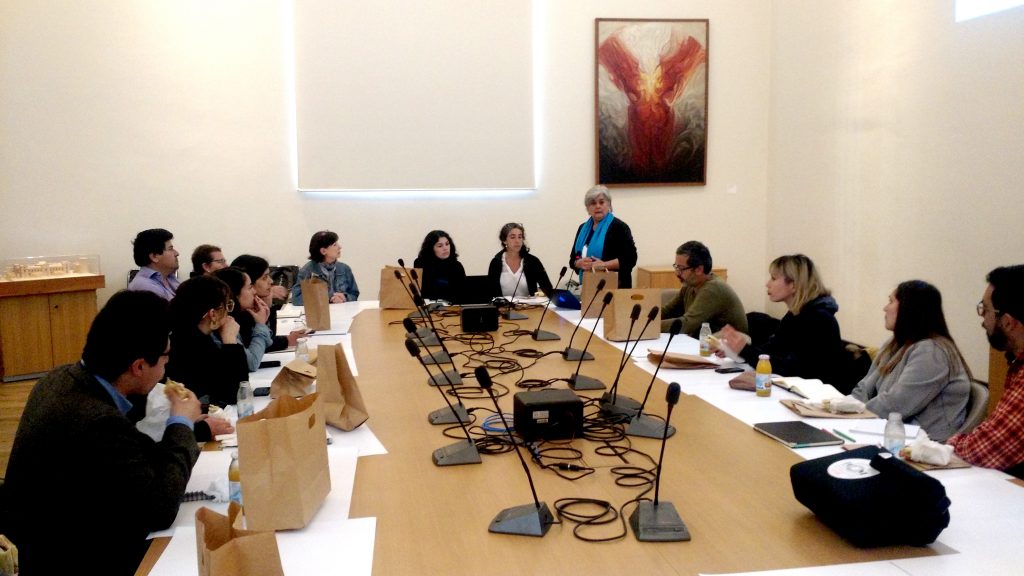
In the photo, Karin Weil (Universidad Austral de Chile) and Margarita Guzman (Universidad del Rosario, ICOM-Chile), among colleagues from university museums and collections in Chile.
UMAC wishes all the best to this important national network in Latin America!
ICOM and the Organising Committee of Kyoto 2019 are grateful for the Getty Foundation’s support to bring participants from countries with emerging economies to attend the 25th Triennial General Conference.
Learn more and apply here.
During the International Symposium ‘Activities of University Museums and their Significance’, organised by the University Museum Association of Kyoto, at the end of last month, Kyoto University Museum and National Cheng Kung University Museum (NCKU), Taiwan, signed their second MoU to extend cooperation for another five years.
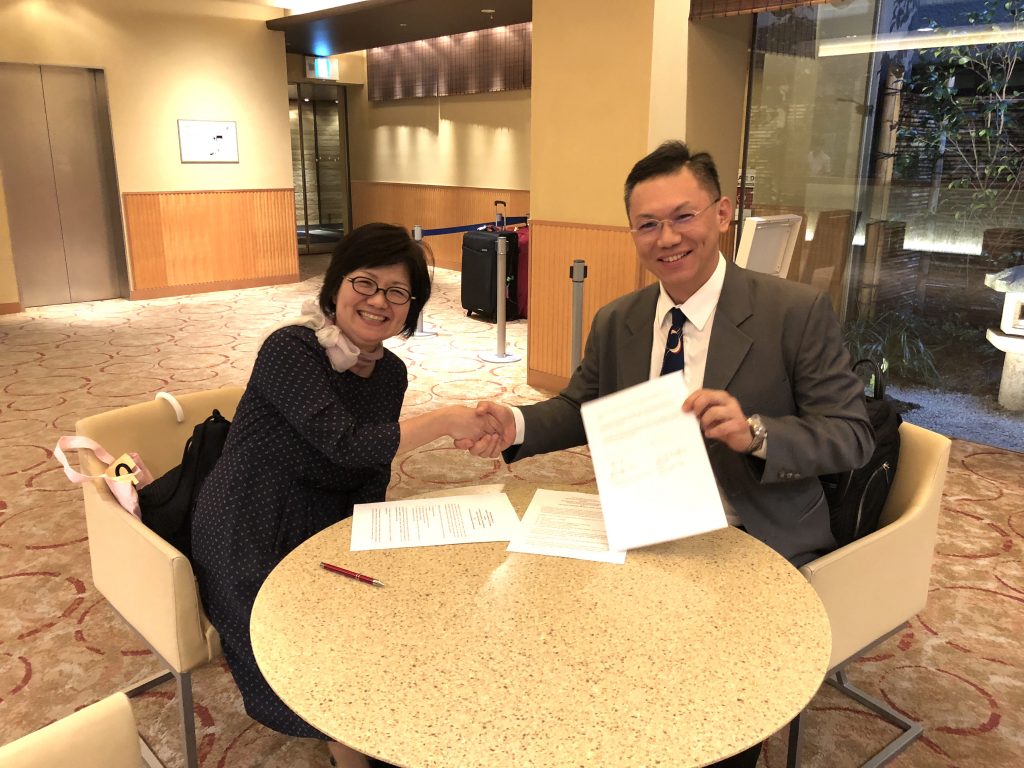
NCKU Museum visited Kyoto University Museum unofficially in 2008 for the first time after its own establishment in 2007 in order to learn from the experience of Kyoto. The first MoU between Kyoto University Museum and NCKU Museum was signed in 2013. Since then, they have been cooperating in collection research, academic symposiums, and management experience exchange. A recent cooperation is a collection research by a curator from NCKU Museum to study the collection of Taiwan’s aboriginals at Kyoto University, which will be exhibited in Taipei with a special traveling exhibition of the 14 members of University Museum Association of Kyoto in December 2019.
With this renewed MoU, NCKU Museum and Kyoto University Museum will soon cooperate in the planning of a traveling exhibition to Taiwan in 2020.
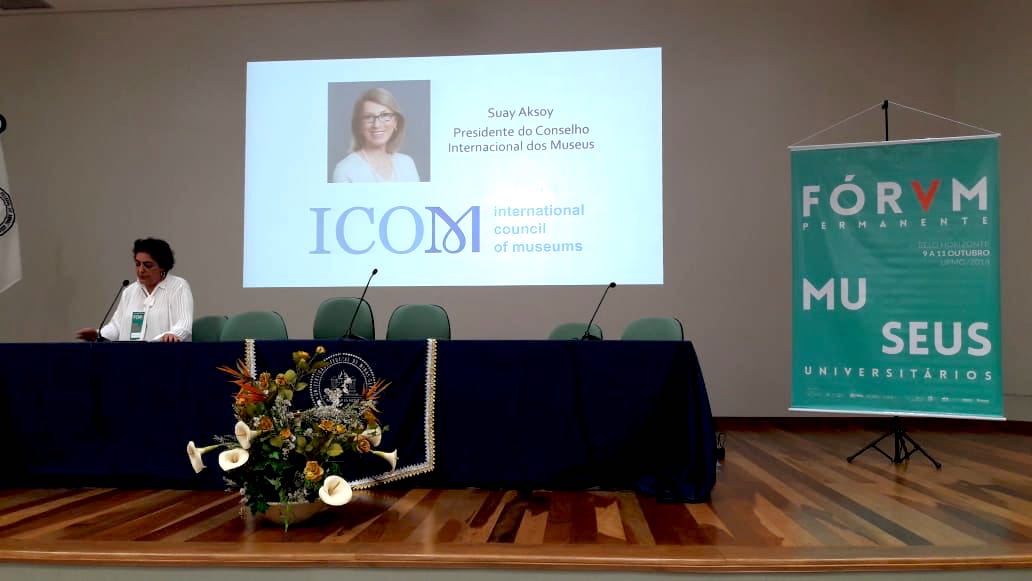
5th Forum of Brazilian University Museums
Belo Horizonte, Brazil
8 – 11 October 2018
It is with great appreciation that we observe this timely and meaningful Forum of the University Museums bringing together experts from various international organisations to exchange ideas and experiences on the current state and the future of the university museums in Latin America and beyond.
Brazil has been one of the most dynamic and productive centres for museology and museum practice globally. It is no wonder that so many Brazilian professionals took part in different posts of ICOM’s governance, an association of over 40 000 members organised in 141 countries and territories worldwide. Besides our UMAC, representatives of ICOM’s expert International Committees are here today.
We believe our Brazilian colleagues will present to the world another example to be learned from and followed with their tackling of the devastating fire in the National Museum of Brazil and its aftermath.
We, as ICOM, are willing and ready to assist the Brazilian professionals in their quest to turn this mishap into an opportunity to rehabilitate this museum and museums in general, to update pertinent legislations and to advocate for funding.
I extend my best wishes to all of you for a very successful and productive meeting.
Suay Aksoy
President of International Council of Museums (ICOM)
Foi com enorme satisfação que tomámos conhecimento deste significativo e oportuno Fórum de Museus Universitários, que reúne especialistas de várias organizações internacionais com o objetivo de promover a troca de ideias e experiências sobre o estado atual e o futuro dos museus universitários no Brasil e para além das fronteiras da América Latina.
O Brasil é reconhecido como um dos centros mais dinâmicos e produtivos na museologia e nas práticas museológicas a nível global. Não é, por isso, de admirar que tantos profissionais de museus brasileiros tenham vindo, ao longo do tempo, a ocupar diferentes lugares na governança do ICOM, uma organização que conta com mais de 40.000 membros em 141 países e territórios por todo o mundo. Para além do nosso UMAC, estão hoje aqui reunidos, em Belo Horizonte, vários membros de outros Comitês Internacionais especializados do ICOM.
Na sequência do incêndio devastador do Museu Nacional do Rio de Janeiro, seu rescaldo e consequências, acreditamos que, mais uma vez, os nossos colegas brasileiros darão ao mundo um exemplo com o qual todos possamos todos aprender e seguir. Nós, enquanto ICOM, estamos disponíveis e preparados para apoiar os profissionais de museus brasileiros na transformação desta calamidade numa oportunidade para reabilitar o Museu Nacional e os museus brasileiros em geral, bem como para rever e atualizar legislação relevante e defender o seu adequado financiamento. Estendo a todos os meus melhores votos de um bem sucedido e frutuoso Forum.
Suay Aksoy
Presidente do Conselho Internacional dos Museus (ICOM)

University of Cambridge, UK
The Fitzwilliam Museum Continue reading → “COLLECTION OF THE MONTH: THE FITZWILLIAM MUSEUM, CAMBRIDGE”
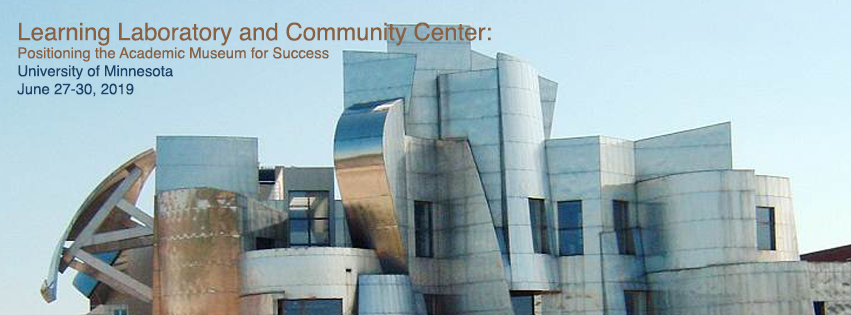
Both higher education and civic responsibility are under siege today by economic, cultural, and political forces. Yet both are essential for a robust democracy. What can those of us working in academic museums and galleries do to help reverse this trend, and how do we advocate effectively for this work among our key stakeholders?
This year’s AAMG Annual Conference at the University of Minnesota invites you to reflect upon our relevance to parent institutions and local communities. Can we effectively bridge increasingly polarized values and priorities among our broad constituencies and still fulfill our mission and core values? How do we mentor students in the digital age? And what can we do to transform our institutions to reflect shifting demographics, financial challenges, and new learning methodologies?
We invite you to submit conference proposals that address these questions and topics. Please submit your proposal using this link by December 1, 2018.
Please indicate all areas that your proposal addresses:
Student success, including museum studies/museum practice, other curricular-based models, and extracurricular connections
New academic partnerships
The museum as community center, stimulating dialog and civic responsibility
Advocacy in campus and among other stakeholders
Building diversity among staff and advisory boards
Financial sustainability
Presentation Formats
Presenters may select from the following formats for their proposals:
Roundtable Facilitator:
Would you like to lead a conversation on a specific topic? These lively discussions will be held on Thursday afternoon at the University of Minnesota museums (details to come). We invite you to propose a topic and explain why your skills, experiences, and interests will contribute to your success as a discussion leader, particularly as this relates to conference’s theme. As the Roundtable Facilitator, you will welcome attendees, offer a 5-10 minute overview about the topic and your personal connection to it, and then facilitate a conversation with those present. Roundtables run 1 ¼ hours.
Throwdown:
We select up to 10 presenters for 5 minute (no more than 20 slides) talks on Thursday evening, during our opening reception. We call it a “Throwdown” because it’s high energy, quick-paced, and foregrounds powerful ideas. This is an excellent opportunity for students and emerging professionals to share a special program or practice.
Panels:
Panels are the heart of our conference. Over two days, we anticipate having 18 panels. That breaks down to 9 panels per day: 3 simultaneous sessions 3 times per day, one in the morning and two in the afternoon. Panels are 1-1/4 hours each and have 2-3 presenters, with one panelist or convener serving as moderator. A minimum of 15-20 minutes should be reserved for dialogue with your audience, following the presentations. All presentations should be in PowerPoint format, and the moderator is responsible for gathering the presentations and bringing them on a laptop. The moderator is also responsible for time-keeping. Tell us the topic, what each presenter will contribute, and how the proposal relates to the conference theme. If you would like to lead a panel but need to find panelists, you can query the AAMG listserv or social media platforms for participants.
Poster Sessions:
Tell us the topic, why it is relevant to the theme, and confirm that you will be present for the conference. Poster specifications are as follows: Each presenter will have an easel, a black foam core support (40” x 32”), and two heavy duty clamps. Dimensions are limited to 40” x 32” (101.6 cm x 81.28 cm).
Workshops:
Would you like to lead a workshop that strengthens museum practice? We are willing to share the income. Tell us what you would teach, what your experience is leading this, how long you would like your workshop to run (full or half day), and your minimum number of attendees. Workshop day to be determined, but it will likely be Sunday morning.
Submit your proposal online via Google Forms: https://goo.gl/forms/Kz5x102HuQywNxHv1
Deadline for submitting your proposal is: December 1, 2018
Questions? Please contact the Program Committee Co-Chairs:
Jill Hartz, hartz@uoregon.edu
Craig Hadley, communications@aamg-us.org
AAMG Website
UMAC is delighted to inform that the nominations for the UMAC Award 2019 are now open.
Deadline: 31 December 2018, 5 PM London time.
See more information here.
UMAC President, Marta Lourenço, recently signed two significant agreements in Shanghai, spin offs of UMAC’s partnership with the Qian Xuesen Library and Museum of Shanghai Jiao Tong University since 2016.
The first is for the development of a university museum app for iOS and Android (pilot version).
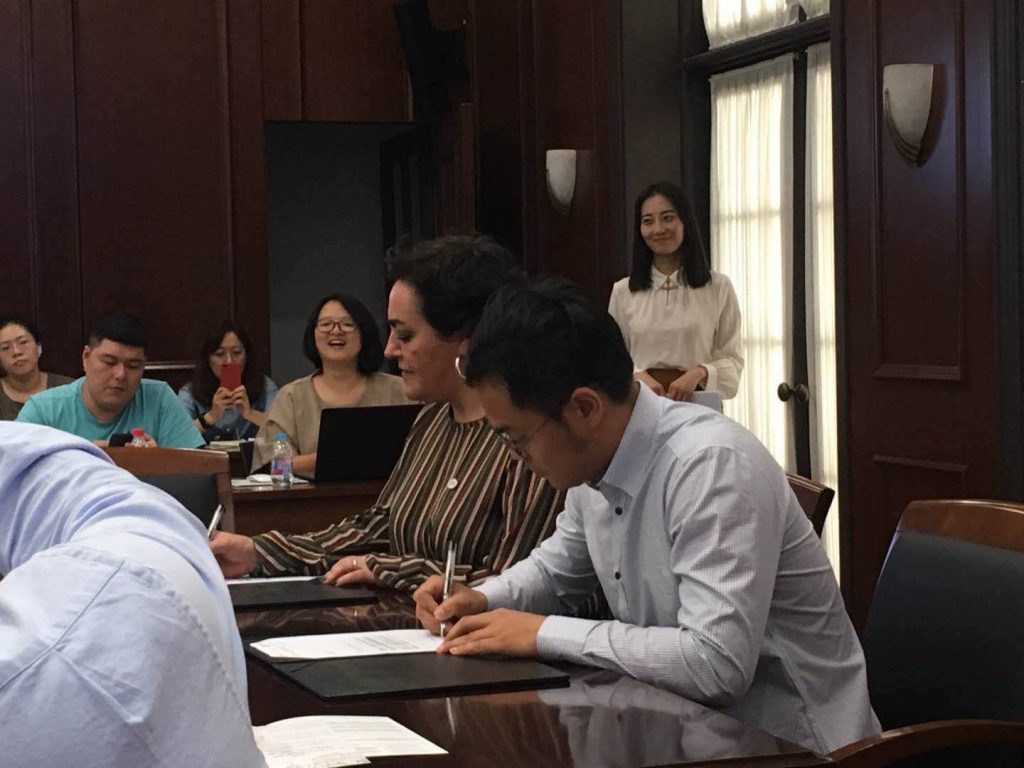
This is a partnership with The Electronic Science and Technology Museum (ESTM) of the University Electronic Science and Technology (UESTC) in Chengdu. This is a university museum, and the first comprehensive electronic science and technology museum in China. UMAC President Marta Lourenco says “We are committed to increasing the visibility of university museums and collections worldwide. With the ubiquity of hand held devices these days, this development will make UMAC’s world-wide database more accessible to a broader global audience.” “We believe China’s Electronic Science and Technology Museum, as a university museum are excellent partners for this enterprise. We are delighted to be working with them. It will bring data about university museums to everyone’s phone.”
The second is the translation of Journal editions into Chinese. This is an agreement with Shanghai University Museum. UMAC has been publishing a journal since 2001. This agreement will make the University Museums and Collections Journal (UMACJ) available to a new and large sector of museum practitioners and university administrators.
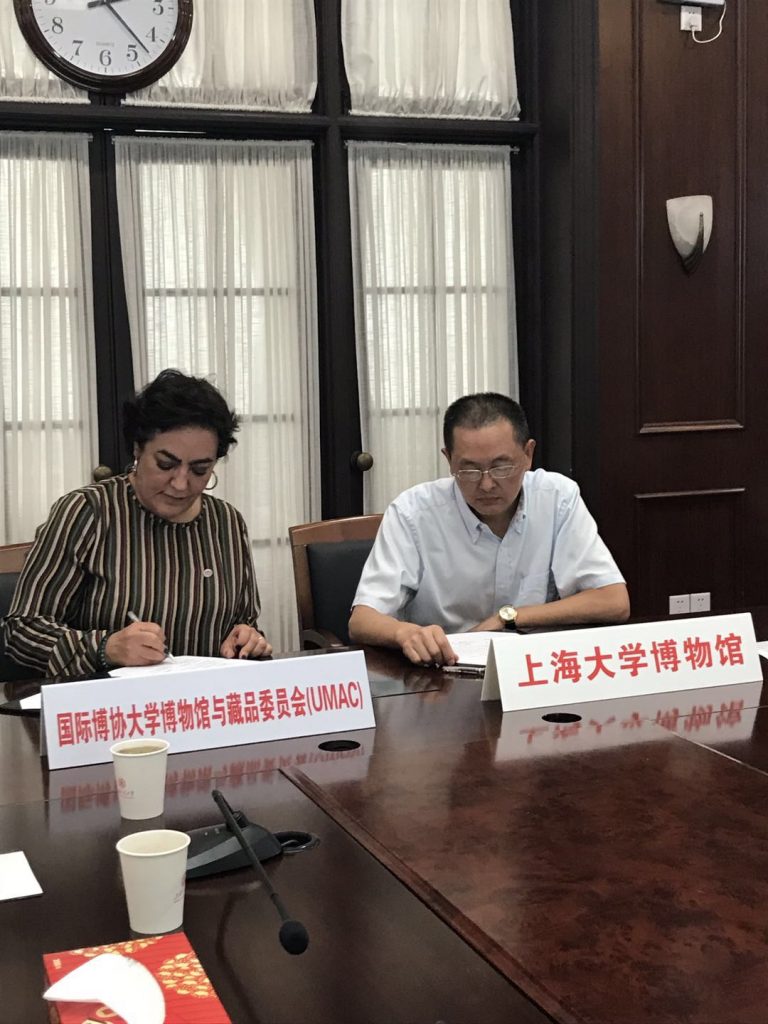
UMACJ Editor Andrew Simpson says “We are working towards making UMACJ the primary academic source for the emerging speciality of university museum work. This agreement will engage Chinese university museum curators and scholars in the work of UMAC”.
Read the full media release.